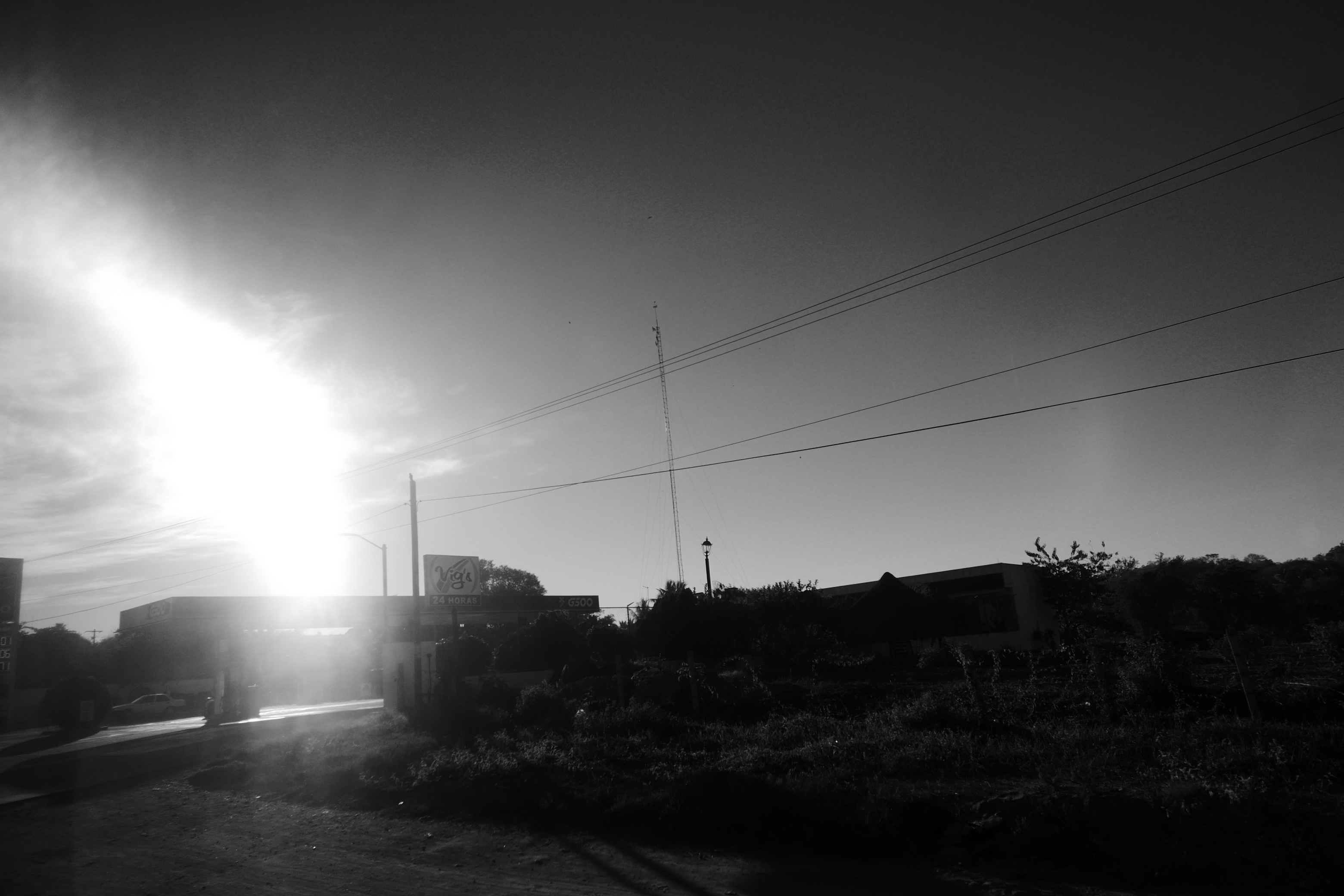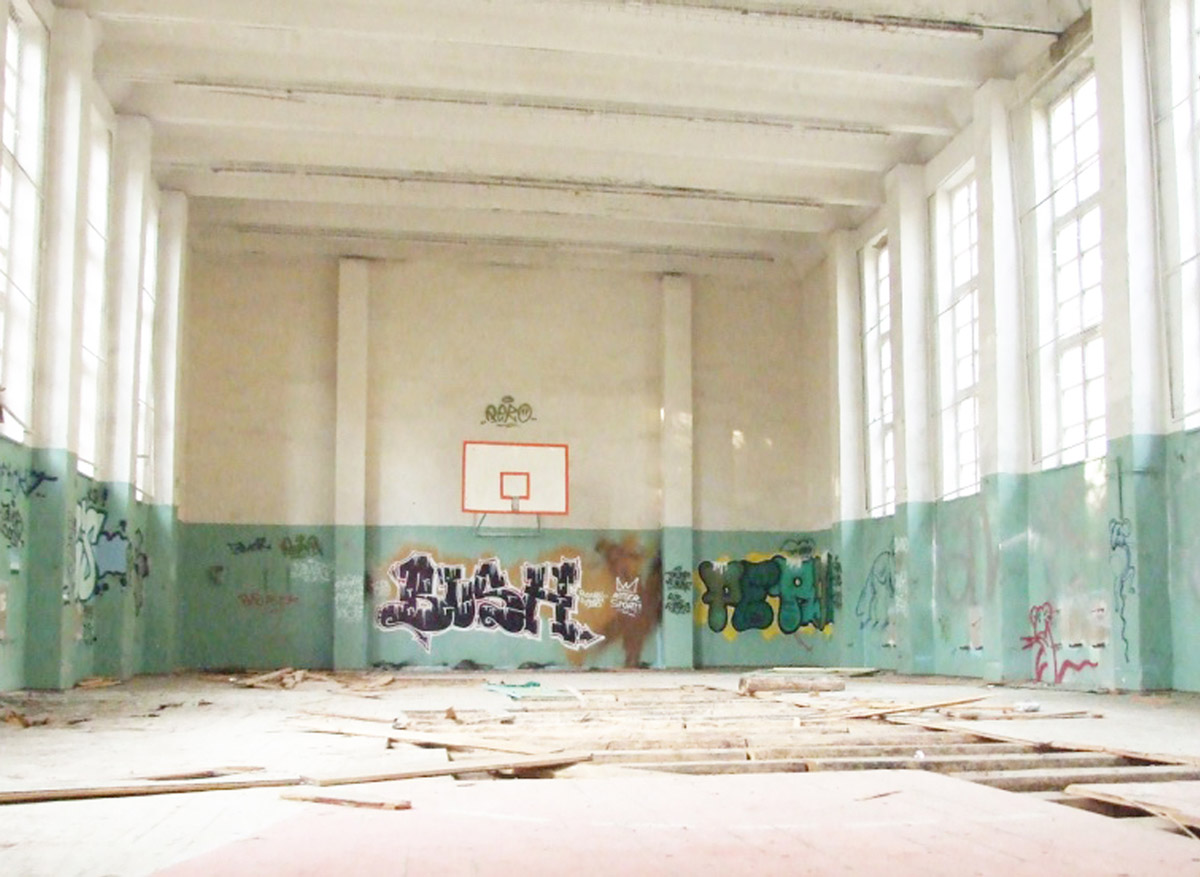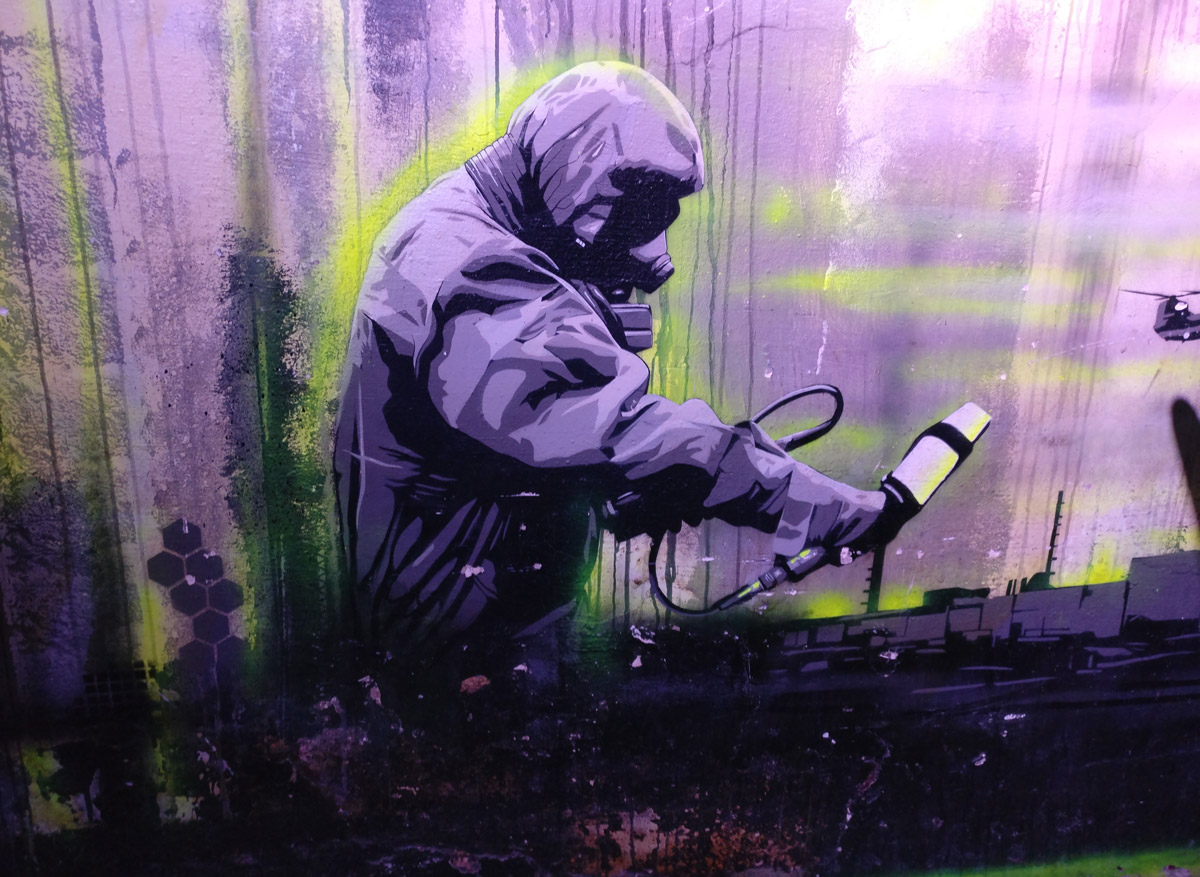Five weeks of Mexico took me from the metropolis of Mexico City to the rainforest and the paradise beach of Puerto Escondido. From leafy rich neighborhoods to congested, dirty cities and poor people, you start to wonder: is Mexico an example for the wider problems in the world?
The expensive highrise office buildings and ten lanes full of traffic run almost fourteen kilometres along the Avenida Insurgentes in Mexico City, the metropolis with around 21 million inhabitants. But walk 100 metres beyond these skyscrapers and you will find beautiful small neighborhoods like Polanco, Santa Fe or Roma (now famous for the recent Alfonso Cuaron-movie).
I stayed in the Polanco area for a week, a leafy and supersafe neighborhood with stylish villas, great bars and restaurants and the enormous Chapultepec park around the corner. One could almost imagine living here in this bubble.
But Mexico City and the rest of the country can’t hide their faultlines for a long time. Polanco and Avenida Insurgentes are perfect examples of the problems the country faces. These are the same problems that are tearing other countries slowly apart.
First and foremost there is the inequality within nations. During the drive to the awe-inspiring Teotihuacan pyramids, Mexico City shows its other side. Splattered up the hills in the north are favelas not unlike the once you could find in Brasil. Robberies are very common, unemployment at staggering levels.
Where the people of Polanco can easily pay a cappuccino of almost three euros, the average wage in Mexico hovers around only 500 euros. Especially outside the big cities it is incredibly hard to earn money, and even in the capital people are hustling all the time, selling stuff in the subway. ‘Sixty percent of the young people here leave’, said the owner of my guesthouse in the rural village of Xilitla. ‘They go to America because you just can’t find a job in this region.’
And as said, even a job isn’t a guarantee for a decent income. Here another worldwide problem plays a huge role: the inequality between countries, made possible in huge part because of multinational companies and hypercapitalism.
The current American president likes to portray Mexicans as scumbags and thieves, but companies from there are happy to use the cheap Mexican labor force to cut costs and increase profits. If they don’t go to China for even lower wages. And the American multinationals aren’t the only ones, you will also see plenty of Spanish banks and German car manufacturers, to name a few.
Not all problems in the country are global. Corruption and drug violence are very typical for the region. In the past few weeks there was a severe shortage of gasoline in many parts, caused by a government clampdown on illegal tapping of fuel.
The new president AMLO (Andrés-Manuel Lopez Obrador) made this his first battleground with criminals. These are siphoning the fuel lines annually for apparently several billions worth of gasoline, partly helped by employees of state oil company Pemev. This huachicol practice, as it is called, has to end. So the government decided to transport the fuel by trucks from now on, and have the police check the fuel stations for irregularities.
The drug violence can mainly be found in the northern part of the country and give Mexico a bad reputation. This phenomenon is also connected to corruption by the way.
The last problem is global again, though Mexico has managed to create its own huge version of it. Because the cities are, quite plainly, almost unliveable.
Even the beautiful but small (150,000 people) colonial town of Oaxaca is often covered with a blanket of smog. Guadalajara and Mexico City are even worse: lots of buses are old and blast out insane amounts of smoke. Renewable energy is hard to find, electric cars are a rarity (though Tesla is selling in Polanco), and public transport is scattershot.
Especially the bus and metro network in Guadalajara (same population size as Berlin) is patchy to say the least, and don’t even start to ask how tourist-friendly it is. Even the huge Akron Stadium (55,000 seats) isn’t properly connected to public transport, something that will hopefully change until the World Cup 2026 takes place there.
Reason to panic? Yes and no. All the problems are well-known, and are solveable if there is enough political will. Which is quite unlikely by the way.
But Mexico also offers hope. In the sense that it also shows the strengths of humans. The creativity to make ends meet. The gentle and relaxed way of living, in stark contrast to the ‘always-on’ western european societies. The large stretches of beautiful nature. And the amazing, rich history and culture. Mexico can be a feast for the senses and the soul. If it would only manage to shine a little more often in the future…
p.s. follow my Instagram account @idealcrash for regular photo updates. If you need any tips for traveling around in Mexico, just send me a mail.





